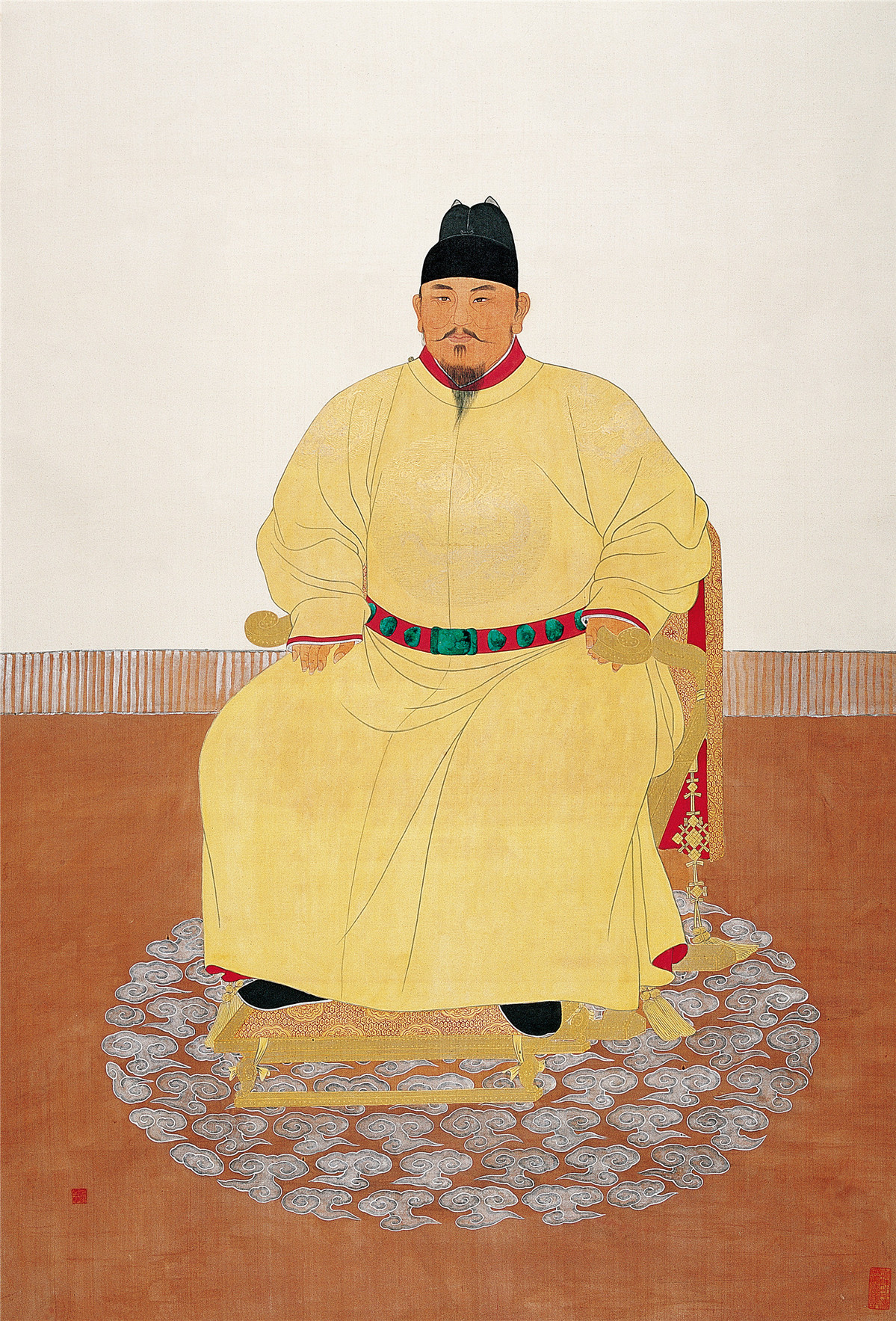Exhibition of imperial porcelain reveals changes over centuries
 0 Comment(s)
0 Comment(s) Print
Print E-mail China Daily, August 27, 2020
E-mail China Daily, August 27, 2020

Viewing the plates, bowls, vases, jars and other daily-use items emblazoned with long invites viewers to imagine them in the emperors' dining rooms, bedrooms and studies.
But many of the works on show never made it into the emperors' hands.
Imperfect pieces were deliberately broken rather than sent to the Forbidden City, the imperial palace from 1420 to 1911, which is known as the Palace Museum today.
Jingdezhen rose as a porcelain hub in the Northern Song Dynasty (960-1127), and an official workshop was established there during the Yuan Dynasty.
Its heyday came in 1369, a year after Zhu Yuanzhang established the Ming empire. A kiln exclusively serving the royal family was built in Jingdezhen.
fe987fd1-cdfc-4c38-a460-e266f07439d3.jpeg)




Go to Forum >>0 Comment(s)